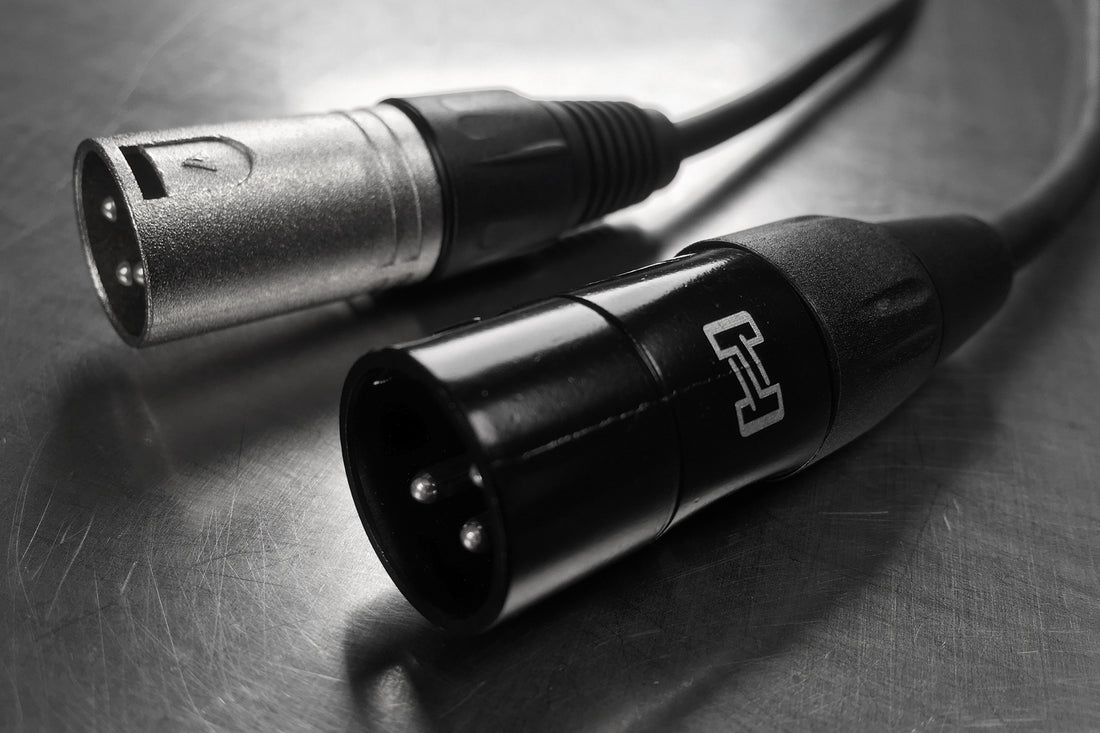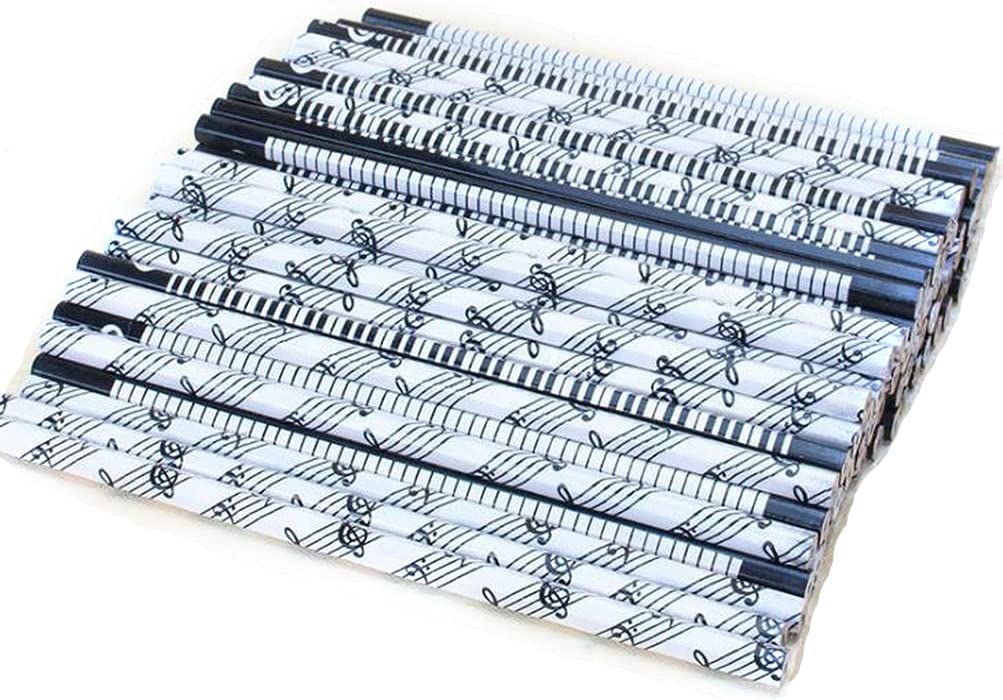If you’ve never worked in the lighting world, DMX and XLR cables can be confusing at first, especially if you’re coming from the audio world. But don’t worry. We’ve got answers to all your questions.
There are several cables that perform different functions but look similar or use the same types of connectors. For example, 1/4" patch cables and instrument cables, or 3.5mm patch cables and stereo auxiliary cables that you would use to connect your phone to a speaker.
XLR and DMX cables are two of the most commonly confused cables
XLR vs DMX: What’s the Difference?
Both often have the standard 3-pin configuration and similar constructions, and perhaps, in some cases, the connector is the same on both. But beyond the connector, you have two cables with fundamentally different purposes.
What is DMX?
DMX refers to the DMX512 lighting protocol, which is a type of digital communication. The DMX standard was created in 1986 using existing XLR connectors to fit into products already on the market without any proprietary connections.
It also introduced a 5-pin format in an attempt to extend its functions with additional pins, but this is very rare, so almost all 5-pin DMX cables only have 3 soldered connection points with 2 unused pins. This makes 5-pin to 3-pin and 3-pin to 5-pin DMX conversions straightforward and simple depending on the equipment you are using.
What is a DMX cable?
DMX cables are the ones we use for lighting. The role of the cable is not to carry an audio signal. Rather, it carries information or data that will communicate changes between the light and its source. The impedance required for this is 110 ohms.
DMX cables are available in 5-pin configurations and can be converted from 3 pin to 5 pin Or from 5 pins to 3 pins with the help of our DMX adapters .
What features should I look for in a DMX cable?
When looking for a DMX cable, you first want to make sure it’s rated for 110 ohms. Next, you want to make sure it’s flexible and sturdy, preferably built with braided shielding and solid connectors. Don’t forget to check the lighting equipment you’re using to see if you need a 3-pin or 5-pin XLR, or if you need a DMX adapter on one end to go from one to the other.
What is an XLR cable?
XLR cables are most commonly used for analog functions such as microphones and interconnections . Analog has a requirement impedance much lower, so the cables do not need to be calibrated. Typically, the impedance is between 45 and 75 ohms.
The most common XLR configurations are 3-pin and 5-pin, although some proprietary 4-pin XLR cables exist for certain audio equipment such as intercoms.
Can you use an XLR cable instead of a DMX cable?
The short answer is yes, technically, but only in certain cases. In general, it is not advisable.
DMX has a higher impedance than XLR. An XLR cable uses a different signal than what DMX is designed to handle. In some cases you can use them interchangeably, but again this is not advised or recommended.
Here are some of the complications you can expect if you try to use XLR to DMX and DMX to XLR.
XLR for DMX applications
An analog XLR cable is not rated for 110 ohms , which is based on the construction of the cable; therefore, data transfer may experience interruptions. This means that you may get strobe or flickering lights since the cable cannot transfer the necessary voltage. This will not damage your lighting equipment, but this signal degradation causes inconsistencies in your lighting presentation and ultimately leads to frustration and a bad show.
XLR cables can also have a more robust construction, so the cable diameter can be larger, making it less discreet, bulkier, and heavier than necessary. For these reasons, it is not recommended to use analog XLR cables for DMX and lighting equipment.
DMX for XLR applications
On the other hand, you could theoretically use a DMX cable as a microphone cable. However, the cables are not built with the same shielding , so noise interference can become a problem.
Likewise, the build quality of DMX cables is not meant to be as rugged as XLR cables. XLR cables are designed to transfer sound and are used on microphones that are constantly being tossed around and stepped on. They are designed to withstand the knocks of a concert environment.
DMX cables, on the other hand, are not designed for this purpose and may not last as long. DMX cables are also much more expensive due to the construction required to meet the 110 ohm standard. In some cases, DMX cables also have a smaller copper conductor than analog XLR cables, which can impact the resulting sound.
Conclusion
As always, it’s best to use the right cable for the right application. If you’re doing lighting, invest in DMX cables to ensure there’s no interruption to the power. If you need to go from an interface to a pair of monitors, invest in XLR interconnects, and of course, use a dedicated microphone cable for all mic and performance functions.
Thanks to HOSA for all this information ;-)


